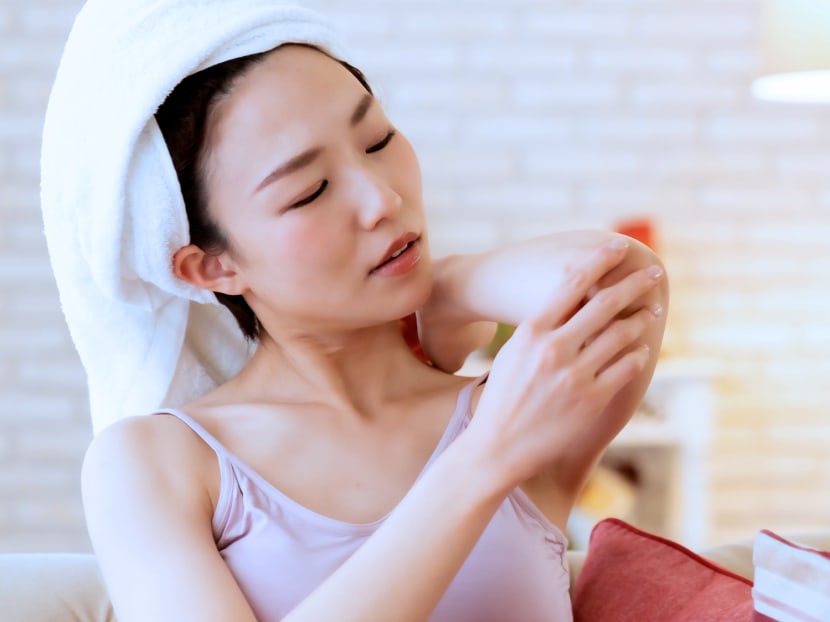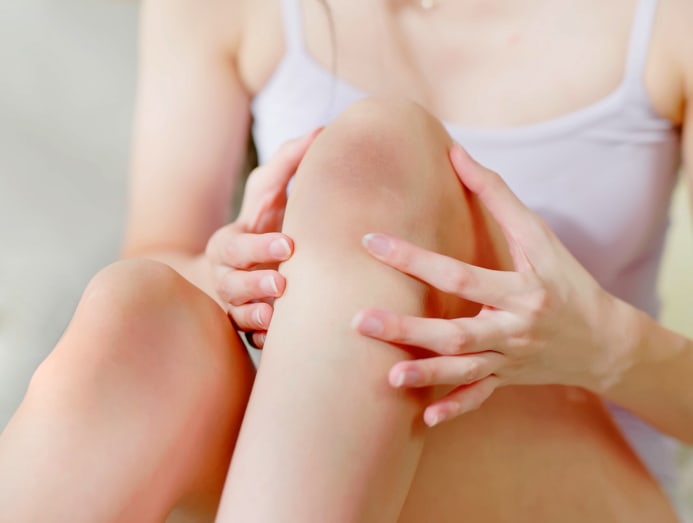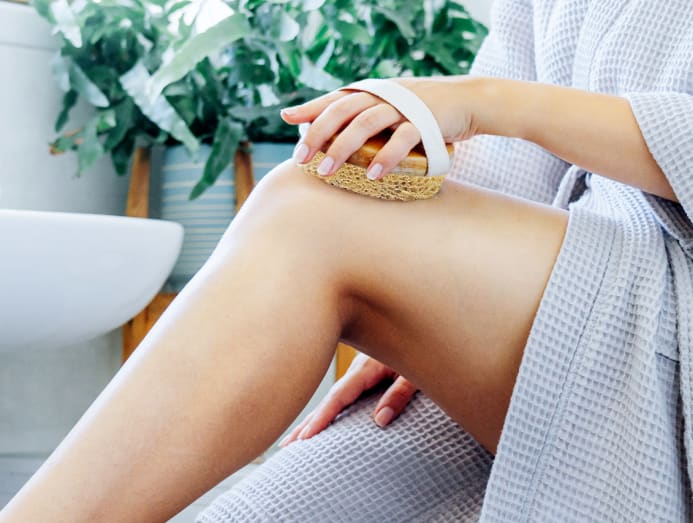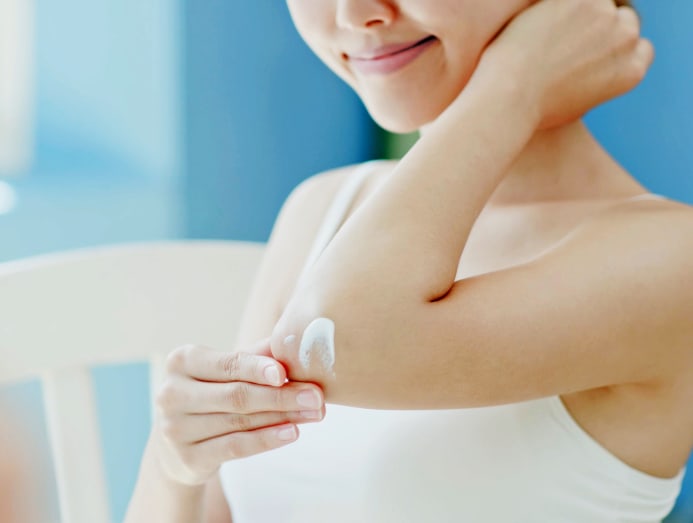Uneven skin tone on your elbows and knees is more common than you might think. As Y2K fashion brings back crop tops and low-rise jeans, exposing these often-neglected areas makes the dark patches all the more noticeable. But don’t worry — understanding why this happens and how to care for it can help you confidently show off your skin again.

Why do elbows and knees get darker?
Elbows and knees are some of the hardest-working parts of your body. Constantly bending, resting on surfaces, and enduring friction, these joints face more wear and tear than most other areas. This repeated pressure causes the skin to thicken and sometimes become dry — a natural response to protect these vulnerable spots.
However, this also triggers hyperpigmentation, where the skin produces extra melanin, the pigment responsible for color, in response to irritation or minor trauma. This leads to the darker patches you see. People with deeper skin tones are more prone to this due to naturally higher melanin levels and a tendency toward post-inflammatory hyperpigmentation.
Another reason elbows and knees often appear darker is simple neglect. These areas are frequently skipped in regular skincare routines, leading to a buildup of dead skin cells and roughness that make discoloration stand out even more. In rare cases, sudden or severe darkening might signal underlying health issues such as hormonal imbalances, vitamin deficiencies, or allergic reactions — so it’s important to seek medical advice if you notice other symptoms.

How to brighten hyperpigmented skin
Brightening dark elbows and knees requires a gentle, consistent approach. Since these areas darken gradually over time, reversing the pigmentation takes patience and careful care. Here’s how to treat and care for these spots effectively:
- Exfoliate gently
While scrubbing rough patches with abrasive scrubs or loofahs can feel satisfying, it often causes microtears and inflammation, making pigmentation worse. Instead, choose chemical exfoliants containing alpha hydroxy acids (AHAs) like lactic or glycolic acid, or beta hydroxy acids (BHAs) like salicylic acid. These gently dissolve dead skin cells and promote smoother texture without irritation. Use them two to three times a week and always follow up with moisturizer and sunscreen.
- Hydrate thoroughly
Dry skin accentuates discoloration and makes the skin barrier vulnerable to irritation. Use rich moisturizers with ingredients like ceramides, shea butter, or urea to soften rough patches and support barrier repair. Applying lotion to damp skin right after a shower locks in hydration better. For very dry or thick skin, try “body slugging” — layering an occlusive balm or petroleum jelly over moisturizer overnight for extra nourishment.
- Introduce brightening ingredients slowly
After exfoliating and moisturizing, incorporate brightening actives such as niacinamide, vitamin C, azelaic acid, or liquorice root extract. These reduce pigmentation and calm inflammation. Targeted body serums or sticks help apply these precisely to elbows and knees without waste. Start with a few times per week and increase to daily use as tolerated, usually applying in the evening.
- Don’t skip sunscreen
Sun exposure worsens pigmentation, especially when using exfoliants or brightening products. Applying broad-spectrum SPF 30 or higher to elbows and knees daily is essential to prevent further darkening.

When to see a professional
If diligent care doesn’t improve pigmentation, it may be time to consult a dermatologist. Some dark patches run deeper and require prescription treatments like:
Tretinoin: A retinoid that speeds up cell turnover and collagen production, improving pigmentation and texture.
Hydroquinone: A powerful pigment inhibitor used short-term under supervision to lighten dark spots.
Topical corticosteroids: Reduce inflammation when combined with other agents for reactive skin.
Custom compounded creams: Tailored formulas combining multiple actives for a synergistic effect.
In cases related to hormonal or inflammatory issues, doctors may recommend oral medications or supplements.
Advanced treatments for stubborn pigmentation
For persistent discoloration, in-clinic procedures offer targeted solutions:
Q-switched Nd:YAG lasers: Break down melanin deposits, ideal for melasma and post-inflammatory pigmentation, requiring multiple sessions.
Fractional lasers and IPL: Improve pigmentation and texture but may not suit deeper skin tones due to risk of side effects.
Chemical peels: Professional-strength peels exfoliate deeply, combining pigmentation correction with smoothing rough skin.
These treatments are best done under medical guidance to ensure safety and effectiveness.
The takeaway
Dark elbows and knees are a natural and common skin variation, especially in melanin-rich skin. With the right care — gentle exfoliation, hydration, brightening ingredients, and sun protection — you can improve their appearance over time. If needed, professional treatments provide further options for stubborn hyperpigmentation. As you embrace fashion trends that highlight your limbs, remember that healthy skin is a journey, not a race. With patience and consistent care, you can confidently flaunt your elbows and knees all year round.









